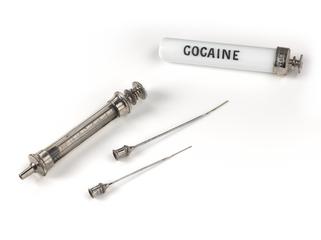
Hypodermic syringe with glass phials of drugs
1885-1910

1885-1910

1880-1920

1880-1930

1880-1910
1930-1960
1920-1940
1860-1900
1900-1950
1920-1940
1930-1960
1900-1950
1910-1920
1890-1900
1880-1920
1871-1920
1901-1940
1850-1900
1910-1950
1860-1940
1910
1950-1980
1930
1920-1940
1910-1940
1920-1950
1908-1920
1914-1918
1910-1940
1920-1950
1890-1930
1925-1940
1920-1940
1870-1918
1900-1952
1860-1920
1906-1920
1830-1880